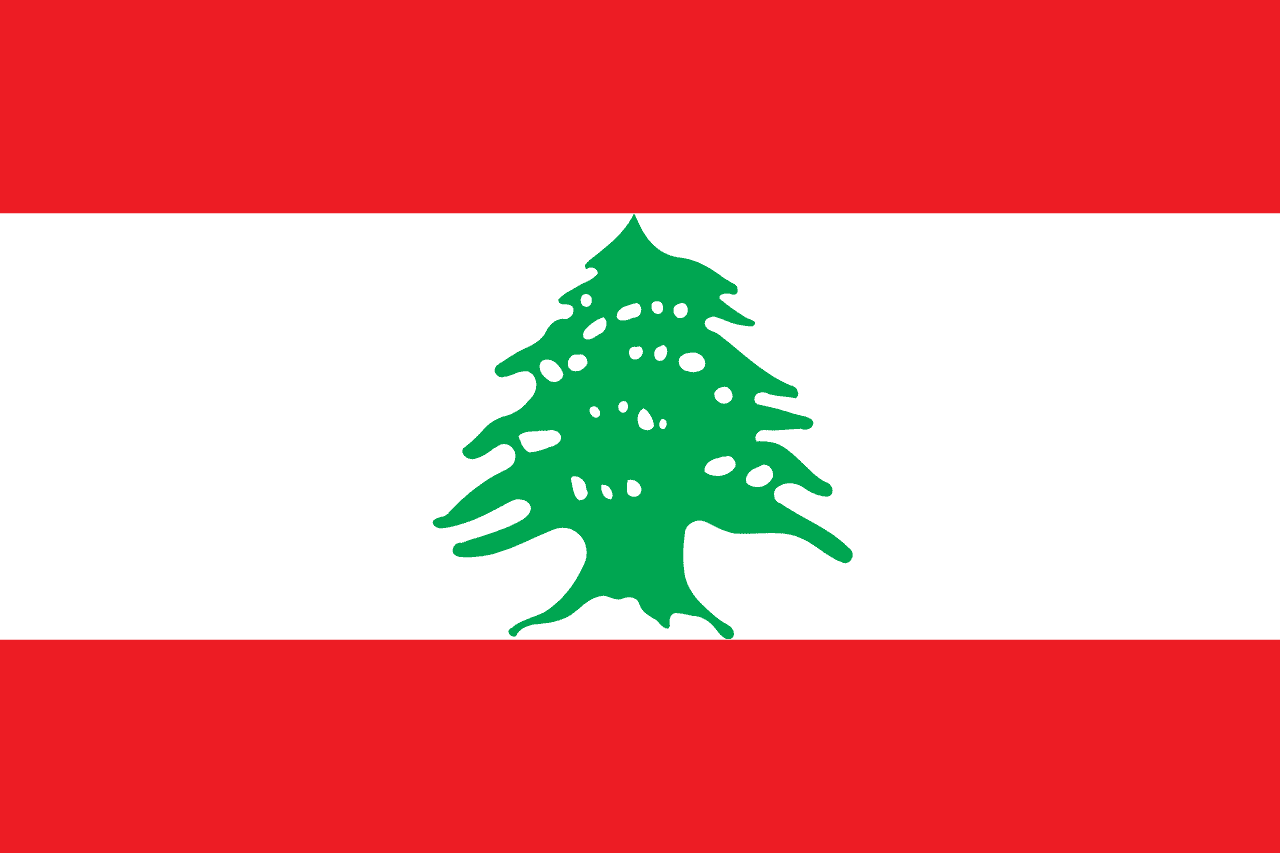La bandera de Letonia consta de tres franjas horizontales de color rojo carmesí, blanco y rojo carmesí. Este diseño simple pero poderoso encapsula la rica historia, los valores culturales y las aspiraciones nacionales de Letonia.
Información sobre Letonia
| Día de la Bandera Nacional | 18 de noviembre |
| Estado soberano | Sí |
| Nombre oficial | República de Letonia |
| Capital | Riga |
| Población | 1,957,200 |
| Área | 64,589 km² |
| Moneda | Euro (EUR) |
| Idioma | Letón |
| Continente | Europa |
| Región | Europa del Norte |
| Subregión | Estados bálticos |
| Fronteras | Estonia, Lituania, Rusia, Bielorrusia |
| Zona horaria | Hora de Europa del Este (EET) UTC+2 |
| Código telefónico | +371 |
| Dominio de nivel superior | .lv |
Historia de la bandera de Letonia
 La bandera de Letonia tiene una larga y rica historia, cuyos orígenes se remontan al siglo XIII. Fue adoptada oficialmente el 18 de noviembre de 1918, cuando Letonia declaró su independencia después de la Primera Guerra Mundial. El diseño de la bandera está basado en un estandarte rojo con una franja blanca descrita en la Crónica Rimada de Livonia de 1279. Durante la ocupación soviética (1940-1941 y 1944-1991), la bandera fue prohibida, pero siguió siendo un símbolo poderoso de resistencia e identidad nacional para los letones. Después de recuperar la independencia en 1991, la bandera fue nuevamente izada con orgullo como símbolo nacional oficial.
La bandera de Letonia tiene una larga y rica historia, cuyos orígenes se remontan al siglo XIII. Fue adoptada oficialmente el 18 de noviembre de 1918, cuando Letonia declaró su independencia después de la Primera Guerra Mundial. El diseño de la bandera está basado en un estandarte rojo con una franja blanca descrita en la Crónica Rimada de Livonia de 1279. Durante la ocupación soviética (1940-1941 y 1944-1991), la bandera fue prohibida, pero siguió siendo un símbolo poderoso de resistencia e identidad nacional para los letones. Después de recuperar la independencia en 1991, la bandera fue nuevamente izada con orgullo como símbolo nacional oficial.
Simbolismo y diseño de la bandera de Letonia
El diseño de la bandera de Letonia está profundamente simbolizado y arraigado en la historia de la nación. El color rojo carmesí, a menudo descrito como rojo letón, representa la disposición de los letones a dar su sangre por la libertad y su voluntad de defender su soberanía. También simboliza el sol, el calor y la vitalidad. La franja blanca en el centro representa la verdad, el honor y la búsqueda de la justicia. Se dice que simboliza la sábana utilizada para envolver a un líder letón herido en antiguas batallas, con los bordes manchados de sangre formando las franjas rojas. Esta leyenda enfatiza la conexión de la bandera con la lucha de Letonia por la independencia y su identidad nacional.
Uso y significado de la bandera de Letonia
 La bandera de Letonia es una fuente de inmenso orgullo nacional y se exhibe ampliamente por todo el país. Se izó en edificios gubernamentales, escuelas y residencias privadas, especialmente durante las festividades nacionales como el Día de la Independencia (18 de noviembre) y Līgo (Noche de San Juan, 23-24 de junio). La bandera juega un papel crucial en ceremonias oficiales, eventos internacionales y competiciones deportivas, sirviendo como un poderoso símbolo de la soberanía y la identidad cultural de Letonia. Durante el Festival Anual de Canción y Danza, un evento cultural significativo en Letonia, la bandera se presenta de manera prominente, reforzando su papel en la unión de los letones a través del patrimonio y las tradiciones compartidas.
La bandera de Letonia es una fuente de inmenso orgullo nacional y se exhibe ampliamente por todo el país. Se izó en edificios gubernamentales, escuelas y residencias privadas, especialmente durante las festividades nacionales como el Día de la Independencia (18 de noviembre) y Līgo (Noche de San Juan, 23-24 de junio). La bandera juega un papel crucial en ceremonias oficiales, eventos internacionales y competiciones deportivas, sirviendo como un poderoso símbolo de la soberanía y la identidad cultural de Letonia. Durante el Festival Anual de Canción y Danza, un evento cultural significativo en Letonia, la bandera se presenta de manera prominente, reforzando su papel en la unión de los letones a través del patrimonio y las tradiciones compartidas.
Datos interesantes sobre la bandera de Letonia
- El tono exacto de rojo carmesí utilizado en la bandera de Letonia es único y se define oficialmente como PANTONE 186C.
- La bandera de Letonia es una de las más antiguas del mundo, con su diseño que data del siglo XIII.
- Durante la era soviética, exhibir la bandera de Letonia era castigado con prisión, pero muchos letones arriesgaron su libertad para preservar este símbolo de identidad nacional.
- Las proporciones de la bandera son 2:1:2 para las franjas rojo-blanco-rojo, con una relación general de 1:2 (altura a ancho).
- El 11 de noviembre, en el Día de Lāčplēsis (Día de los Combatientes de la Libertad de Letonia), los letones colocan velas entre los adoquines del Castillo de Riga, formando el contorno de la bandera de Letonia para honrar a aquellos que lucharon por la independencia.





